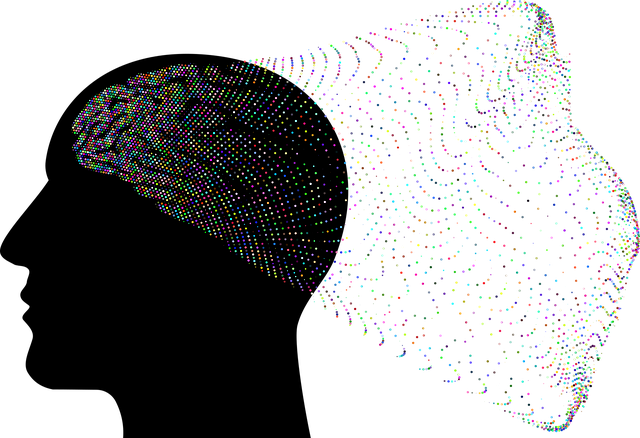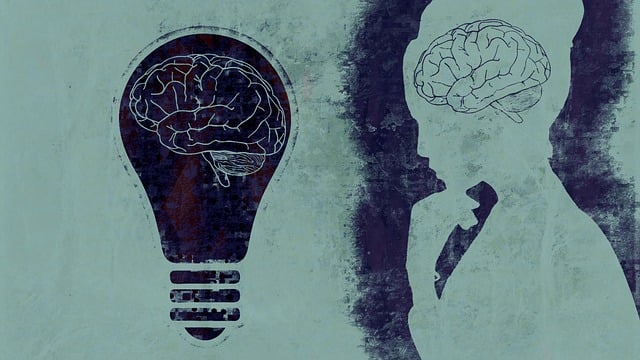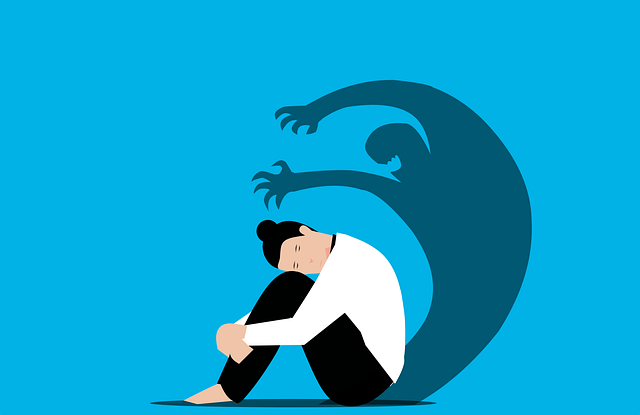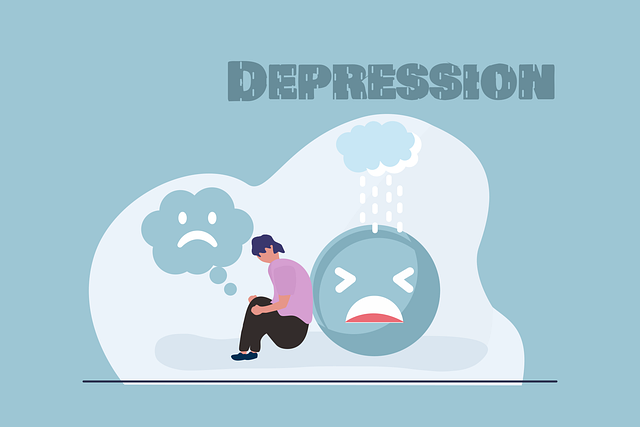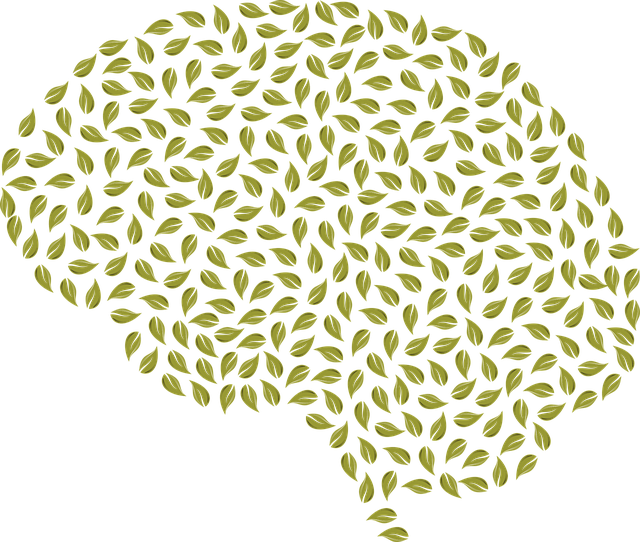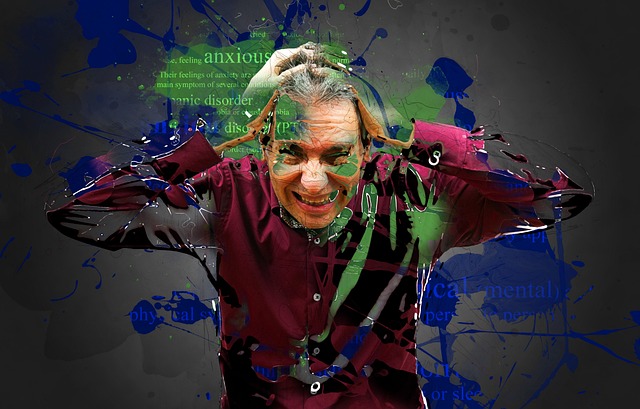Children's anxiety, fueled by genetics, environment, and life experiences, can be addressed through early recognition and tailored interventions. Therapy for children anxiety like cognitive-behavioral therapy (CBT) empowers kids with coping strategies, mindfulness techniques, and resilience building. A comprehensive mental health education program should include inner strength development, positive self-talk, and trauma support services to foster emotional well-being and reduce anxiety on a societal level. Early implementation shows promise in improving long-term outcomes for children struggling with anxiety disorders.
In today’s fast-paced world, addressing children’s mental health is paramount. This article explores the design of comprehensive Mental Health Education Programs focused on alleviating Children’s Anxiety. We delve into the root causes and recognizable symptoms, guiding educators and parents alike. By examining key program components and effective implementation strategies, we aim to equip adults with tools to foster resilience and access therapy for children anxiety proactively. Through these steps, we can ensure a healthier, happier future for our youth.
- Understanding Children's Anxiety: Causes and Symptoms
- Components of an Effective Mental Health Education Program for Kids
- Implementation Strategies: Bringing the Program to Life
Understanding Children's Anxiety: Causes and Symptoms

Children’s anxiety can stem from a variety of causes, including genetic predisposition, environmental factors, and life experiences. It often manifests in symptoms such as persistent worry or fear, restlessness, difficulty concentrating, changes in appetite or sleep patterns, and physical complaints like headaches or stomachaches. Recognizing these signs early is crucial for providing the appropriate therapy for children anxiety. Early intervention can prevent anxiety from escalating into more severe conditions, like panic attacks or social phobias.
Understanding that burnout prevention is an integral part of mental health education, it’s essential to teach children coping strategies to manage their anxiety effectively. Anxiety relief techniques such as deep breathing exercises, mindfulness practices, and cognitive-behavioral therapy (CBT) can empower kids to confront and overcome their fears. Moreover, providing crisis intervention guidance equips them with tools to handle anxiety-inducing situations, fostering resilience and a sense of control over their mental well-being.
Components of an Effective Mental Health Education Program for Kids

An effective mental health education program for kids should incorporate several key components to ensure it addresses the unique needs and developmental stages of young individuals. Firstly, inner strength development is crucial; teaching children mindfulness techniques, positive self-talk, and resilience strategies empowers them to navigate stress and anxiety effectively. These skills foster emotional regulation, helping kids identify and manage their emotions in healthy ways.
Additionally, programs should include comprehensive therapy for children with anxiety, tailored to the specific manifestations of childhood anxiety disorders. This can involve cognitive-behavioral therapy (CBT), which has proven effective in addressing anxiety by modifying negative thought patterns and behaviors. Integrating these therapeutic approaches alongside mental health policy analysis and advocacy ensures that kids not only gain practical tools but also understand the broader social context of mental well-being, encouraging them to become advocates for their own and others’ emotional health.
Implementation Strategies: Bringing the Program to Life

Implementing a mental health education program requires a strategic approach to ensure its success and impact. One effective strategy is to integrate therapy for children with anxiety, as early intervention can significantly improve long-term outcomes. By incorporating evidence-based practices such as compassion cultivation and empathy building strategies, educators can create a safe and supportive environment. These techniques not only help in managing anxiety but also foster a sense of belonging and understanding among peers.
Additionally, trauma support services should be an integral part of the program design. This includes training facilitators to recognize and address traumatic experiences that may impact a child’s mental health. By combining compassion cultivation practices with tailored trauma support, the program can effectively meet the diverse needs of students. Such comprehensive approaches ensure that not only anxiety is tackled but also the underlying emotional and psychological factors that contribute to it.
Mental health education programs, particularly those focused on children’s anxiety, are powerful tools for fostering resilience and well-being. By understanding the causes and symptoms of anxiety in kids, we can design effective interventions that equip them with coping strategies. Components such as mindfulness exercises, social-emotional learning, and positive reinforcement have proven beneficial. Implementation strategies, including engaging curricula and community partnerships, ensure these programs reach and resonate with young minds. With the right approach, we can empower children to navigate anxiety and lead happier, healthier lives, potentially reducing the need for therapy for children’s anxiety in the future.

